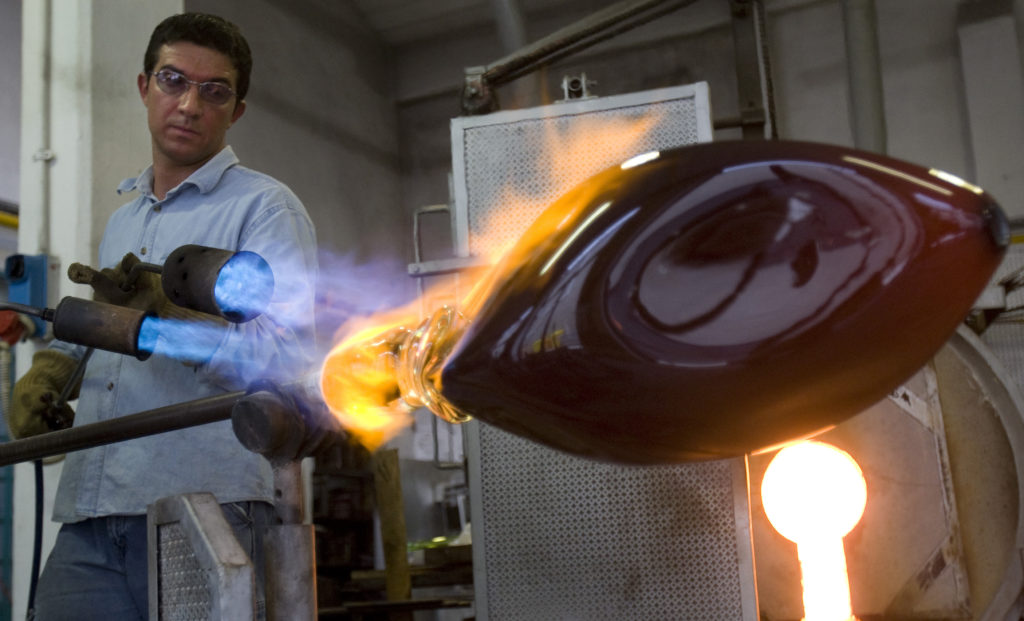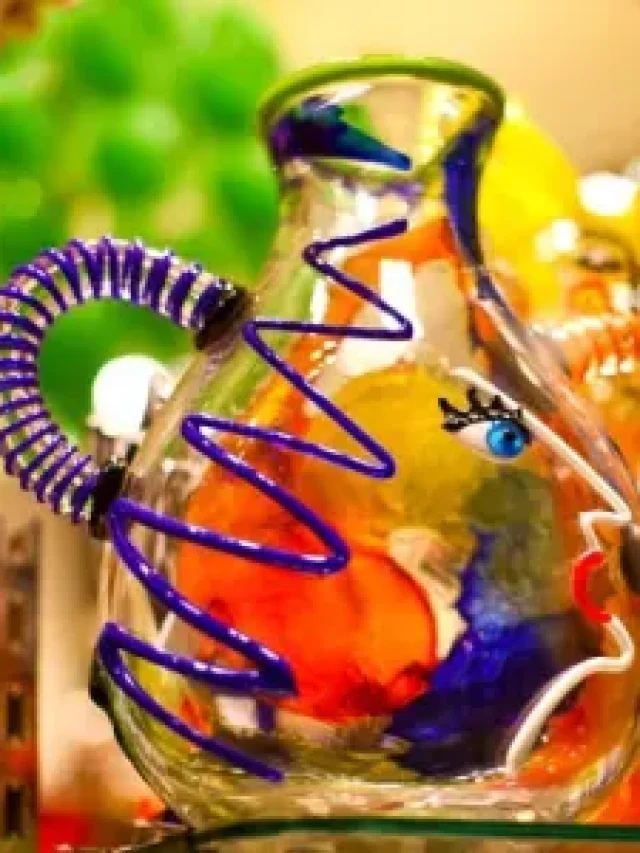Imagine the Venetian Lagoon, waves crashing on the tiny island of Murano. Not only would you find good seafood, but you would come across the indigenous population (and undoubtedly, due to its popularity, the visitors.) But that isn’t all that Murano has to offer, the island is also known for its unique Murano glass blowing tradition. For epochs, Murano glass blowing has symbolized elegance, the crafter’s prowess, and artistic resilience. Although it started as a tiny practice out of necessity, it has transmuted into high art. It is a testament to the bridge that unites both primordial tradition and innovation.
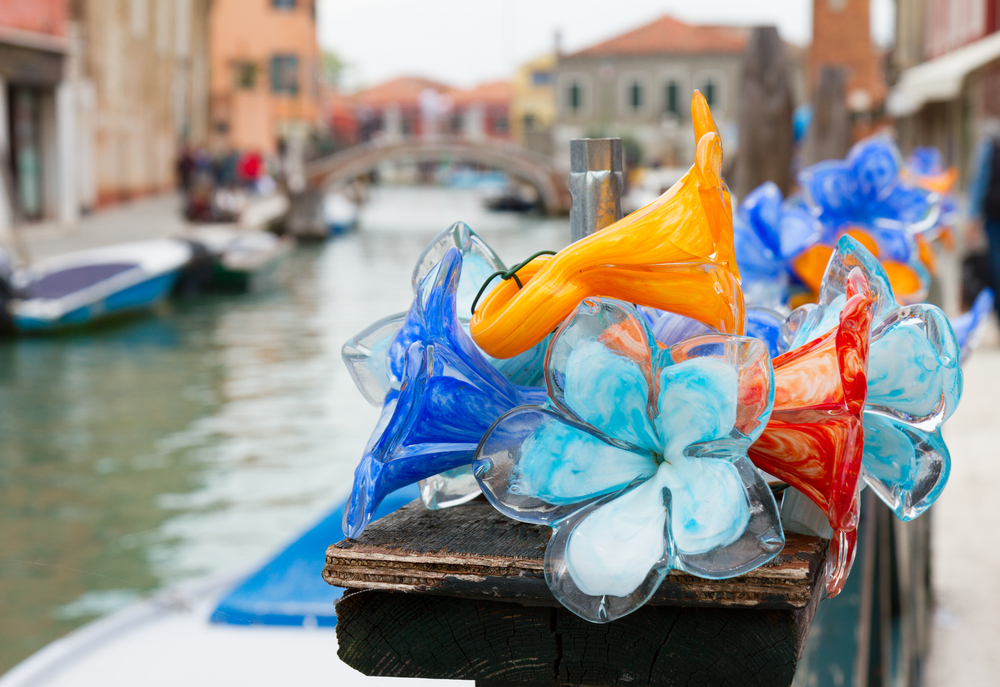
It was the humble beginnings of Italian craftsmanship that engendered Murano glass blowing, albeit serving as a luxury for affluent societies and communities. However, they have transcended to a legitimate art form, decorating the halls of museums, private collections, and luxury boutiques around the world; charming global audiences with their distinctive designs, vibrant colours, and intricate details.
The History of Murano Glass Blowing
Murano glass blowing first came into prominence in the 13th century. At the time, Venice was riddled with fire hazards owing to its booming glass furnace industry. For this reason, the Venetian parliament ordered all glassmakers to relocate to the lone island of Murano. This decision thrust Murano as the progenitor of the tradition we have all come to know (social media has been a big help in the widespread appeal of the craft).
Crafting Exquisite Pieces using the Murano Glass Blowing Technique
An artisan working with the Murano glass blowing technique manipulates molten glass. Silica, soda ash, and lime are all carefully selected and then melted together in a high-temperature furnace. The resulting molten glass is then skillfully shaped and blown through a blowpipe and moulded using diverse hand tools.
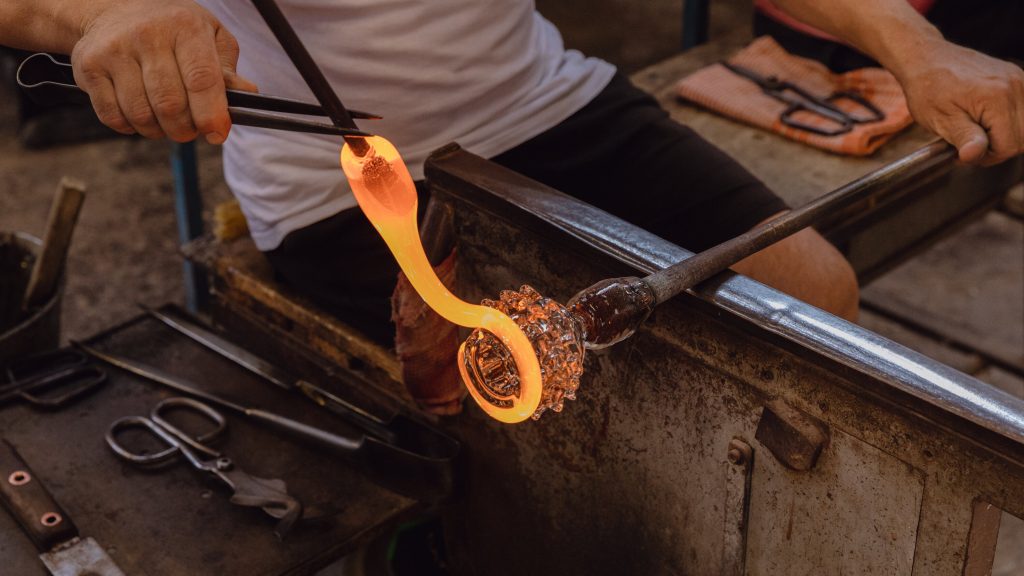
At its core, Murano glass blowing is a community exercise. Typically, a master glassblower, known as the “maestro,” holds together a team of skilled artisans. His role is to guide the process and supervise his/her team, refining the techniques to create intricate pieces, which can only be done through undivided attention, precision, and impeccable hand-eye coordination.
Traditional Techniques in Murano Glass Blowing
Murano glass blowing is a testament to the incorporation of innovation in the traditions, passed down through generations. Among the numerous techniques involved, the ‘murrine’ technique is perhaps the most noted. The ‘murrine’ technique involves layering different hues of molten glass, later stretching them into gigantic rods. These rods are then cut into cross-sections, exposing the beautiful intricate pattern that resulted from the elongation of the molten glass. This is the pattern that is mostly found in the glassware.
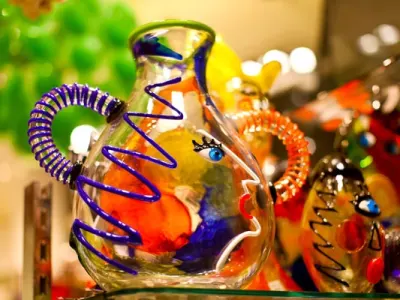
Murano Glass blowing seldom includes the technique known as ‘filigree.’ Here, several thin glass threads are brought together and twisted to formulate a pattern of the artisan’s choice. However, one must be proficient in this technique as it is harder to define a pattern when compared to the ‘murrine’ pattern.
Contemporary styles in Murano Glass Blowing
The only reason why Murano Glass blowing has survived is because of the innovations in design, techniques, and superior material. Social media may also be credited for the resuscitation of this age-old technique. Contemporary glass artisans are breathing new life into their pieces as they push boundaries and experiment with new forms. Modern aesthetics and patterns are not unheard of now. In today’s dynamic art scene, the tradition of Murano glass blowing still stands tall and relevant.

The Challenges faced by the Murano Glass Blowing technique
You may have heard of fast fashion. It refers to inexpensive mass-produced clothing based on whichever trend tops the chart. Unfortunately, fashion isn’t the only territory which has seen this. At present, Murano glass blowing faces competition from mass-produced glassware, making it even harder to find and train the newer generations. To preserve and protect this iconic cultural heritage, many institutions on the island offer workshops, apprenticeships, and educational programs to ensure that the secrets of Murano glass blowing do not vanish into thin air.
Photo Courtesy – PBS News Hour
Magnificent Masks of Chhau: Tradition, Technique and Transformations

